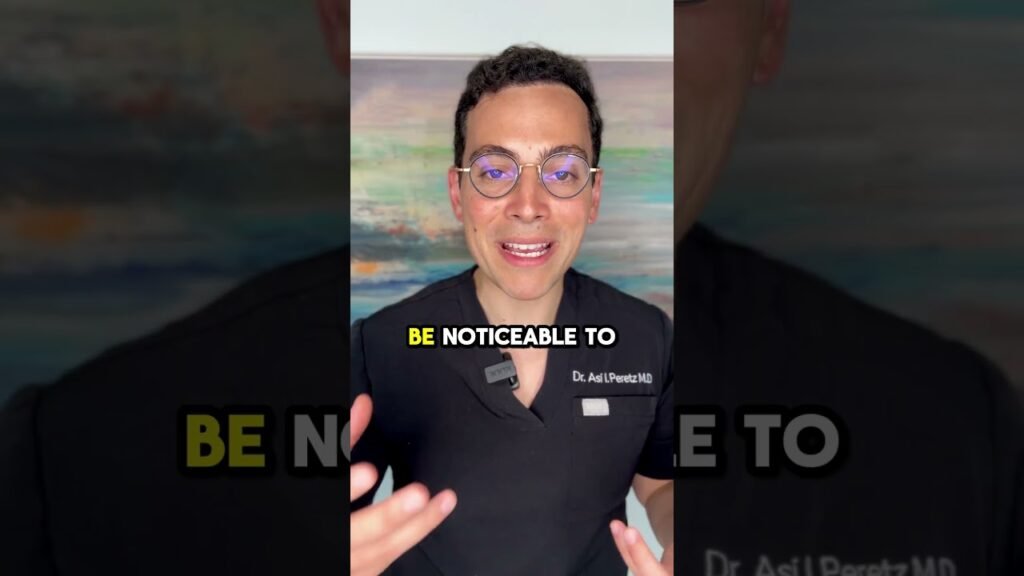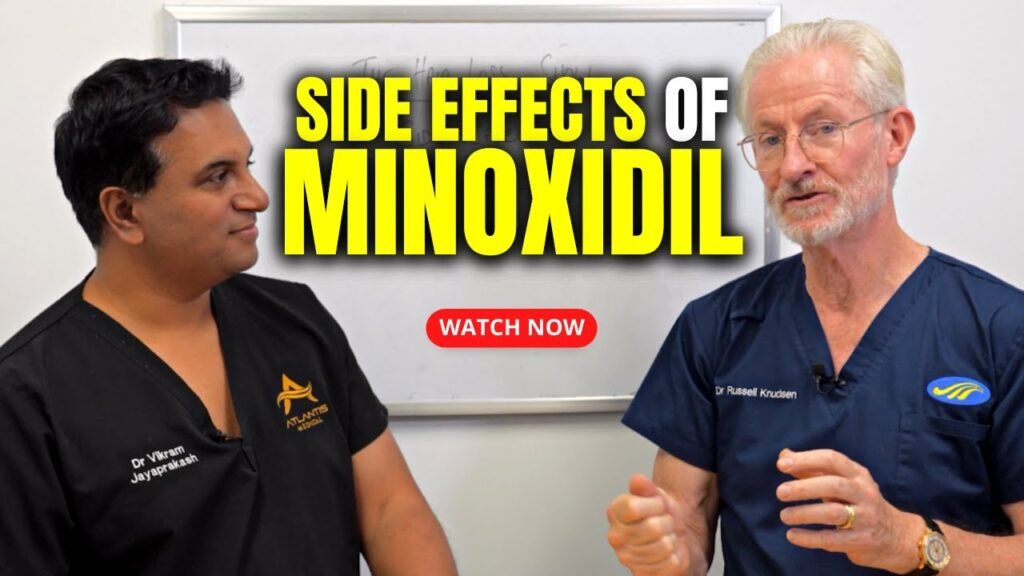Understanding Minoxidil: How It Works and Its Benefits
Minoxidil is a well-known topical treatment primarily used to combat hair loss and promote hair regrowth. It is most commonly available in liquid or foam formulations and is applied directly to the scalp. The exact mechanism by which Minoxidil stimulates hair growth is not fully understood, but it is believed to work by partially enlarging hair follicles and extending the growth phase of hair, known as the anagen phase. This action allows more hair strands to remain on the scalp and can increase the density and thickness of hair over time.
How Minoxidil Works
Minoxidil is a vasodilator, meaning it helps widen blood vessels, which can improve blood flow to the hair follicles. Enhanced blood circulation is thought to deliver more nutrients and oxygen to the hair follicles, promoting healthier and stronger hair growth. This increased nutrient supply helps revitalize shrunken hair follicles, enabling them to produce thicker strands of hair. Additionally, Minoxidil may increase the size of hair follicles, encouraging the growth of more robust hair. While results can vary, many users report noticeable improvements in hair density and reduction in hair loss after consistent use over several months.
Benefits of Using Minoxidil
The benefits of using Minoxidil extend beyond merely halting hair loss. For many users, it provides a boost in confidence and self-esteem by helping to restore a fuller head of hair. The treatment is FDA-approved for both men and women, making it a versatile option for those experiencing androgenetic alopecia, commonly known as male or female pattern baldness. Consistency is key with Minoxidil; regular application is necessary to maintain results. Additionally, Minoxidil is available over the counter, making it an accessible option for those seeking to improve their hair health without the need for a prescription.
Does Minoxidil Cause Hair Shedding? The Truth Unveiled
When embarking on the journey of hair regrowth with Minoxidil, many users report experiencing increased hair shedding initially, which can be alarming. This phenomenon, known as «shedding,» is actually a common and temporary side effect of Minoxidil. It occurs because Minoxidil accelerates the hairs natural growth cycle, particularly the transition from the resting phase (telogen) to the growing phase (anagen). As a result, older hairs are pushed out to make way for new, healthier strands. This shedding typically happens within the first few weeks to months of starting the treatment and is often a sign that the medication is beginning to work.
Understanding the science behind this process can ease concerns about whether Minoxidil is causing harm. Hair follicles naturally undergo a cycle of growth, rest, and shedding. By stimulating the follicles, Minoxidil effectively shortens the resting phase and speeds up the cycle, which temporarily results in more hairs falling out at once. While this can be unsettling, its essential to recognize that this is a precursor to thicker, fuller hair growth. Its crucial to maintain consistent use of the product during this period to achieve the best results.
For those who are experiencing excessive shedding, it is advisable to monitor the situation closely. If the shedding persists beyond the initial few months or is accompanied by other side effects, consulting with a healthcare professional or dermatologist is recommended. They can help determine whether Minoxidil is the appropriate treatment for your specific hair loss condition and provide guidance on how to manage any adverse effects. Remember, patience and consistency are key when using Minoxidil, as the hair growth cycle is a slow and gradual process.
Why Does Hair Shedding Occur with Minoxidil Use?
Minoxidil is a popular topical treatment for hair loss, but many users experience an initial phase of increased hair shedding when they begin using the product. This phenomenon can be concerning, but it is a common and expected part of the treatment process. The shedding occurs because minoxidil accelerates the hair cycle, pushing old hairs out to make way for new growth. This shedding phase is often referred to as «minoxidil shedding» and typically lasts a few weeks.
The Hair Growth Cycle Explained
To understand why shedding happens, its important to know the basics of the hair growth cycle. Hair grows in three main phases: anagen (growth), catagen (transitional), and telogen (resting). During the telogen phase, old hairs are naturally shed to be replaced by new ones. Minoxidil primarily affects the anagen phase by prolonging it, leading to more hair growth over time. However, as the follicles transition to this new phase, the resting hairs are shed more rapidly, resulting in the noticeable increase in hair loss.
How Long Does Minoxidil Shedding Last?
Typically, the shedding phase associated with minoxidil use lasts between two to eight weeks. While this may seem alarming, it is a positive sign that the treatment is working to rejuvenate hair follicles and stimulate new growth. Its important for users to remain patient and consistent with their application of minoxidil during this period. As the shedding subsides, many users report seeing improvements in hair density and thickness, indicating that the treatment is taking effect.
Managing Hair Shedding: Tips for Minoxidil Users
Using Minoxidil can be a game-changer in the battle against hair loss, but its not uncommon to experience increased hair shedding during the initial stages of treatment. This can be concerning, but understanding why it happens and how to manage it can make the process less daunting. Minoxidil-induced shedding occurs as the treatment accelerates the hair growth cycle, pushing out weaker strands to make way for healthier hair. Recognizing this as a temporary phase can help users remain committed to their hair restoration journey.
Stay Consistent with Application
One of the most critical tips for managing hair shedding while using Minoxidil is to maintain a consistent application routine. Consistency is key in ensuring the treatment works effectively. Apply Minoxidil as directed, typically twice daily, to maximize its benefits. Skipping applications or inconsistent use can prolong the shedding phase and delay visible results. Setting a routine and possibly using reminders can help in maintaining consistency.
Be Gentle with Your Hair
During the shedding phase, its essential to handle your hair with care. Opt for a gentle hair care routine to minimize additional stress on your strands. Use a soft brush or wide-tooth comb to detangle your hair, and avoid excessive heat styling or harsh chemical treatments. Incorporating a mild, sulfate-free shampoo and a nourishing conditioner can also help maintain hair health during this period. This approach not only supports your scalps health but also reduces the risk of further breakage and loss.
When to Consult a Professional About Minoxidil and Hair Shedding
Experiencing hair shedding after starting Minoxidil treatment can be alarming, but its a common initial side effect. However, understanding when to consult a professional can make a significant difference in managing your hair health. If youve been using Minoxidil consistently for a few months and notice that shedding has not subsided, it might be time to seek expert advice. Persistent shedding could indicate that your scalp is not responding well to the treatment, or there might be other underlying factors affecting your hair health.
Another crucial time to consult a professional is if you experience any unusual side effects such as severe scalp irritation, redness, or an allergic reaction. These symptoms can be a sign that Minoxidil is not suitable for your skin type or that you need a different formulation or dosage. A healthcare provider or dermatologist can assess your situation and recommend alternative treatments or adjustments to your current regimen to alleviate these issues.
If youre unsure whether your hair shedding is within the normal range, professionals can offer valuable insights and reassurance. They can perform a thorough examination and possibly run tests to determine the root cause of the shedding. This evaluation is essential if you have a history of hair loss in your family or if youre dealing with other health conditions that might contribute to hair thinning. By consulting a professional, you ensure that youre taking a comprehensive approach to your hair care and making informed decisions about your treatment options.


